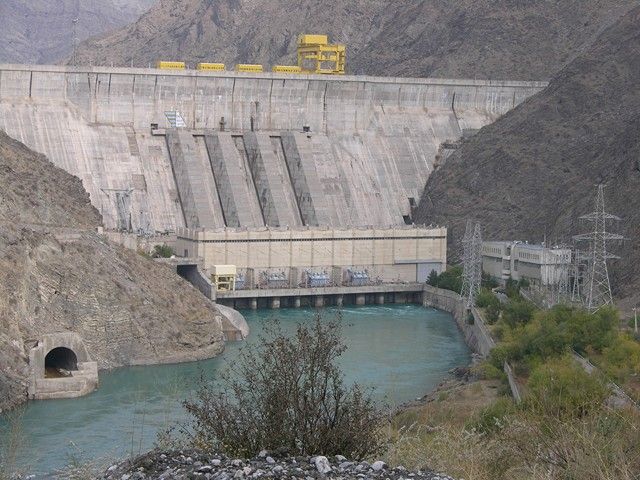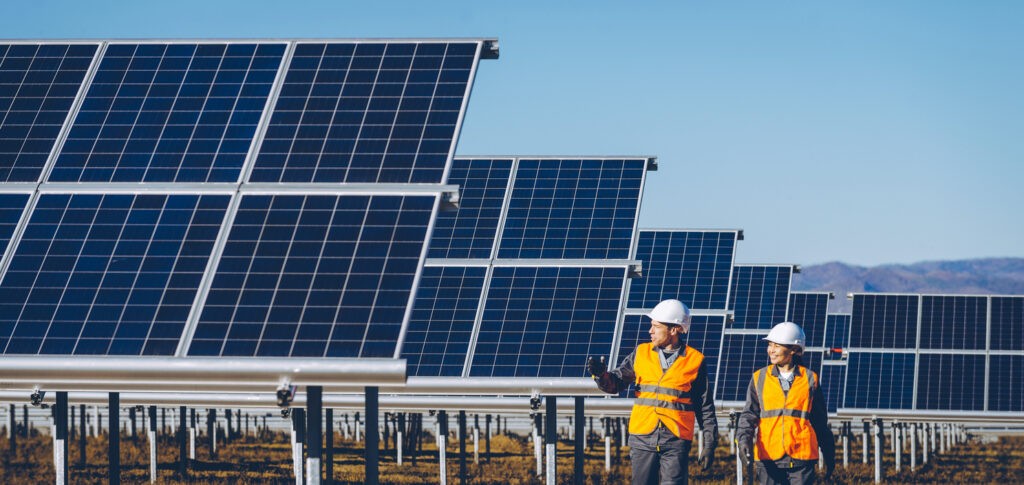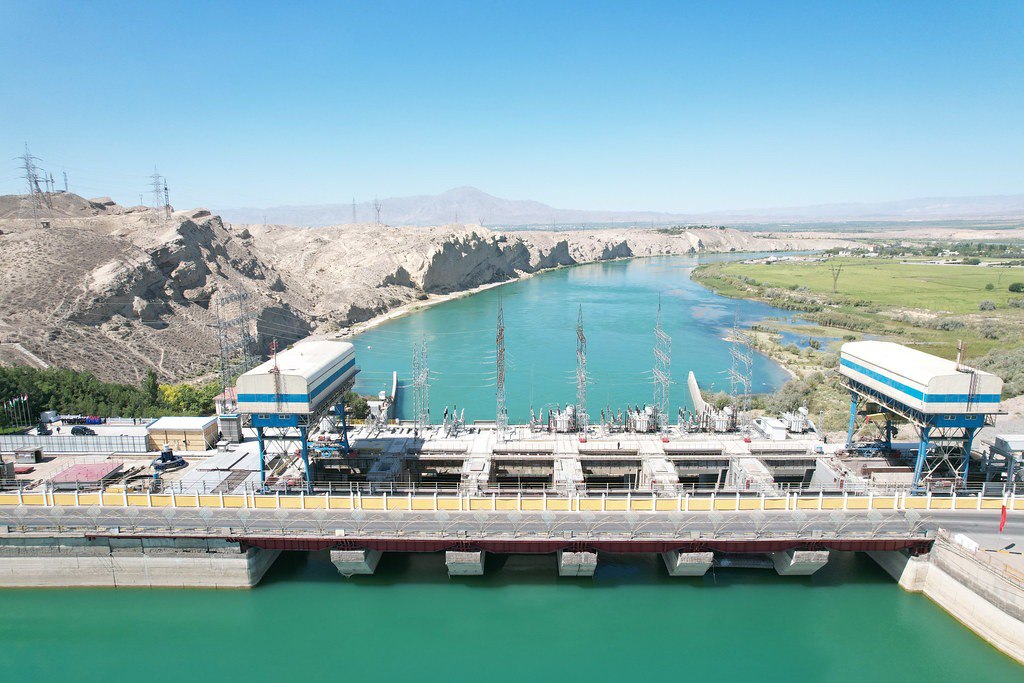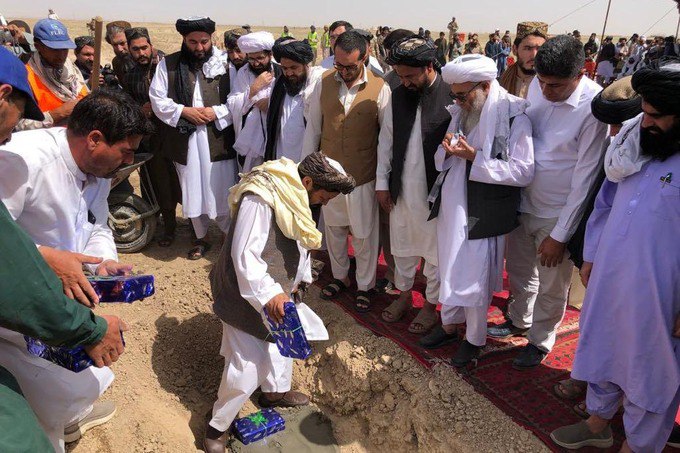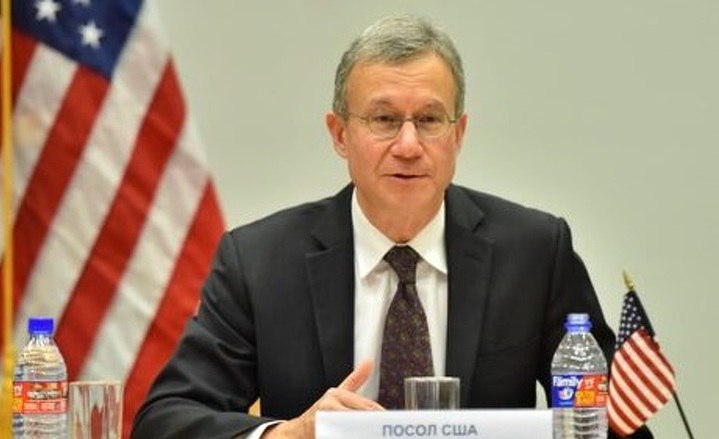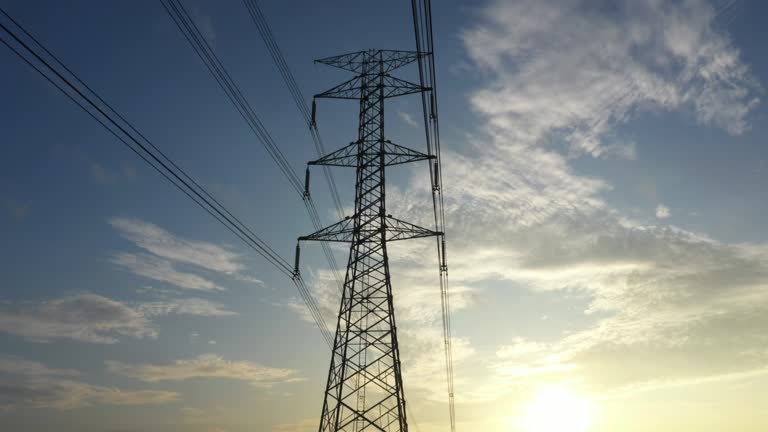BISHKEK (TCA) — Small hydro power plants are among the most cost-effective and ecologically safe electricity generation sources and Kyrgyzstan should make a breakthrough in this sector, the country’s Prime Minister Temir Sariyev said on March 9 at the government meeting on small HPPs construction.
“In comparison with large HPPs, investment projects of small HPPs have a number of important advantages, including a short period of preparation and construction,” the governmental press service quoted Sariyev as saying. “Advantages of small HPPs also include lower production cost of electricity and longer operation periods of power plants. Moreover, we will be able to create additional generation capacities and reduce the workload in power consumption, attract foreign investments, and create new jobs. We would also achieve the main goal — to reduce electricity imports.”
According to Almaz Sazbakov, director of the Investment Promotion Agency, currently there are 12 small hydropower plants operating in Kyrgyzstan with a total capacity of 42 MW and annual generation of 140.5 million kilowatt-hours.
“The country’s potential allows building some 87 small HPPs with a total capacity of 180 MW,” Sazbakov said. “We have received proposals from foreign investors to build six small HPPs with a total capacity of 81 MW and a total cost of $65 million. Ten other small hydro power projects totaling $107 million are currently being considered by investors.”
Kyrgyzstan now uses only 10% of its hydro power resources (large hydropower plants) and only 3% of the hydro power potential of the country’s small rivers.
